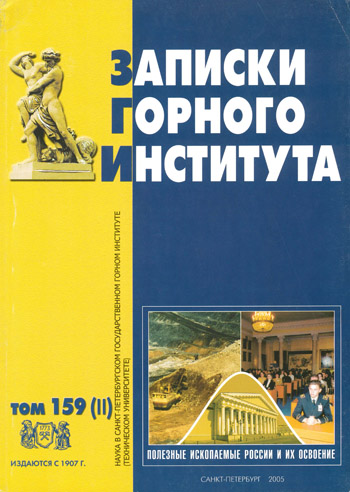Problems of technology for underground isolation of radioactive waste
- Moscow Geological Prospecting University
Abstract
The requirements to the technology of radioactive waste isolation in the spent underground space are formulated as well as the main problems of creating the safest waste disposal technology, which would ensure the safety of the repository and its biological safety in the distant future, up to the 300-year term of the waste's ecological hazard preservation. The design and construction of underground repositories should be carried out in such a way that after the closure of the repository in the future there will be no need for any work to maintain the structure or its repair. Thus, one of the main problems is predicting the future behavior of the repository under the influence of constantly changing external influences.
